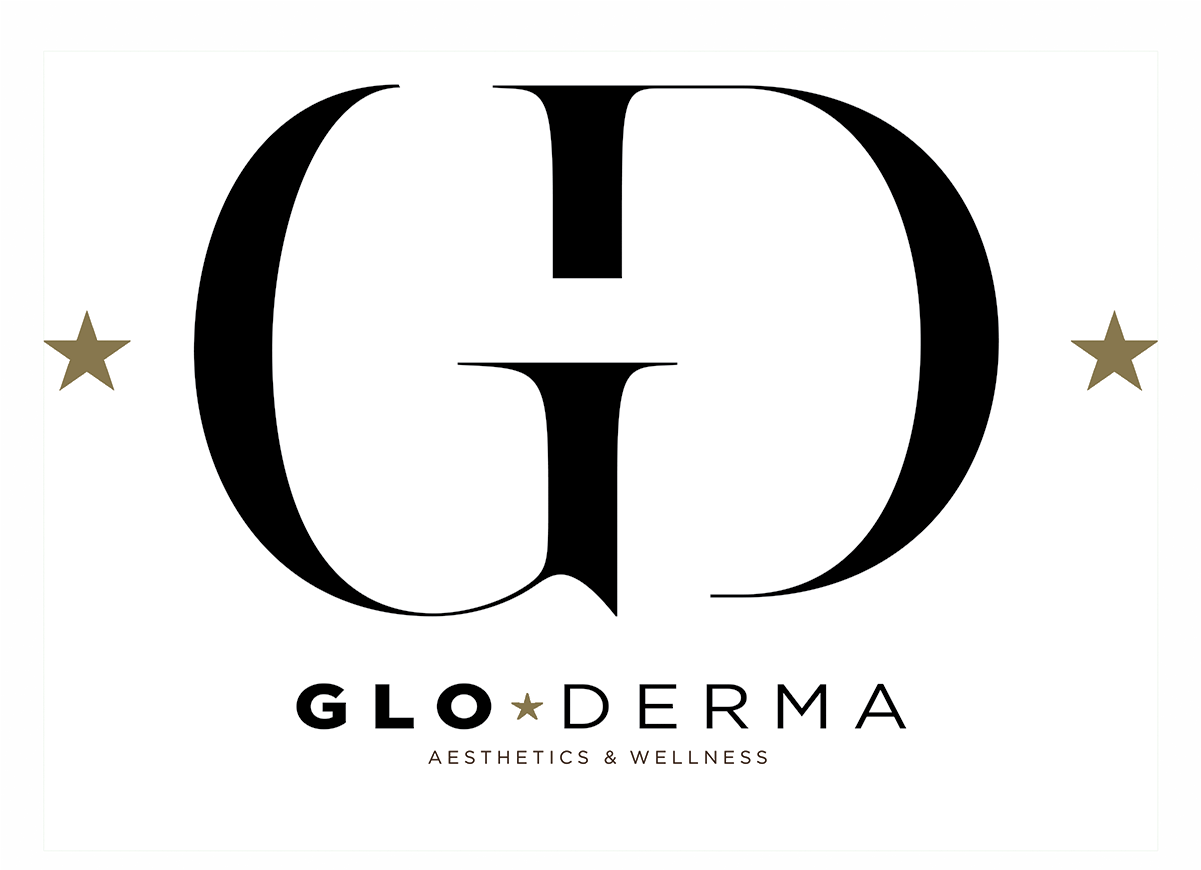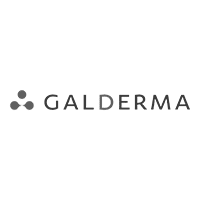
Introduction:
In today’s digital age, it’s crucial for dental offices to have a strong online presence. Search Engine Optimization (SEO) plays a vital role in helping dental practices improve their visibility in search engine results and attract more patients. This ultimate guide will walk you through the key SEO strategies and techniques specifically tailored for dental offices. By implementing these practices, you can enhance your online presence, increase website traffic, and ultimately grow your dental practice.
In the digital era, potential patients are increasingly turning to search engines like Google to find local dental services. By implementing SEO strategies, dental offices can appear at the top of search engine results, increasing their chances of attracting new patients. A well-executed SEO campaign can also establish credibility and trust with potential patients, as a high-ranking website is often associated with professionalism and expertise.
Keyword Research: Finding the Right Dental Keywords
Before optimizing your dental website, it’s essential to conduct keyword research. By identifying the keywords and phrases that potential patients are using to search for dental services, you can tailor your website content to meet their needs. Tools like Google Keyword Planner can help you discover relevant keywords, search volumes, and competition levels.
On-Page Optimization: Optimizing Your Dental Website
On-page optimization involves optimizing various elements on your dental website to improve its visibility in search engine results. This includes optimizing title tags, meta descriptions, header tags and incorporating relevant keywords throughout your content. It’s also crucial to ensure your website is mobile-friendly as mobile searches continue to grow in importance.
Local SEO: Targeting Patients in Your Area
As a dental office, your primary focus is on attracting local patients. Local SEO tactics can help your website appear in local search results when potential patients search for dental services in their area. This includes creating a Google My Business profile, optimizing your contact information, and encouraging patient reviews.
Creating High-Quality Content: Engaging and Informative
Creating informative and engaging content is key to attracting and retaining patients. Write blog posts, articles, and guides that answer common dental questions, provide oral health tips, and showcase your expertise. Incorporate relevant keywords naturally into your content to enhance its visibility in search engine results.
Link Building: Establishing Authority and Trust
Link building is an essential aspect of SEO. By acquiring high-quality backlinks from reputable websites, search engines perceive your dental website as more authoritative and trustworthy. Connect with local organizations, dental associations, and industry influencers to build relationships and secure backlinks.
Social Media and Online Reputation Management
Social media platforms provide an excellent opportunity to engage with your audience, share informative content, and showcase your dental office’s personality. Additionally, managing your online reputation is crucial for attracting new patients. Encourage satisfied patients to leave reviews, respond to feedback, and address any negative comments promptly and professionally.
Technical SEO: Ensuring a Smooth User Experience
Technical SEO focuses on optimizing the technical aspects of your website to provide a seamless user experience. This includes improving website speed, ensuring proper indexing by search engines, optimizing URLs
Technical SEO: Ensuring a Smooth User Experience
Technical SEO focuses on optimizing the technical aspects of your website to provide a seamless user experience. This includes improving website speed, ensuring proper indexing by search engines, optimizing URLs, implementing schema markup, and enhancing site navigation. You can improve user engagement and search engine visibility by addressing these technical elements.
Monitoring and Analytics: Tracking Your SEO Success
To gauge your SEO efforts’ effectiveness, monitoring and analyzing key metrics is crucial. Utilize tools like Google Analytics to track website traffic, user behavior, keyword rankings, and conversion rates. This data will help you identify areas for improvement, make data-driven decisions, and refine your SEO strategies over time.
Staying Updated: SEO Trends and Best Practices
SEO is a dynamic field, with search engine algorithms constantly evolving. It’s essential to stay updated on the latest SEO trends, algorithm changes, and best practices. Follow reputable SEO blogs, attend industry conferences, and engage in professional forums to stay informed and adapt your strategies accordingly.
Implementing effective SEO strategies requires patience, consistency, and ongoing optimization. By investing time and effort into SEO for your dental office, you can establish a strong online presence, attract more patients, and grow your practice in today’s competitive digital landscape.
In conclusion, optimizing your dental office’s online presence through SEO is crucial for attracting new patients and growing your practice. By understanding the importance of SEO, conducting keyword research, optimizing your website, focusing on local SEO, creating high-quality content, building authoritative links, managing your online reputation, addressing technical aspects, and staying updated on SEO trends, you can position your dental office for success in the digital realm.
Implement the strategies outlined in this ultimate guide and monitor your progress using analytics tools. Adapt and refine your approach based on data-driven insights. With a strong SEO foundation, your dental office can improve its online visibility, reach a wider audience, and ultimately drive more patients through the door.
Remember, SEO is an ongoing process, and staying up-to-date with the latest industry trends and best practices is essential. By continuously optimizing your SEO efforts and adapting to changes in search engine algorithms, you can maintain a competitive edge and reap the benefits of a well-optimized online presence.




























